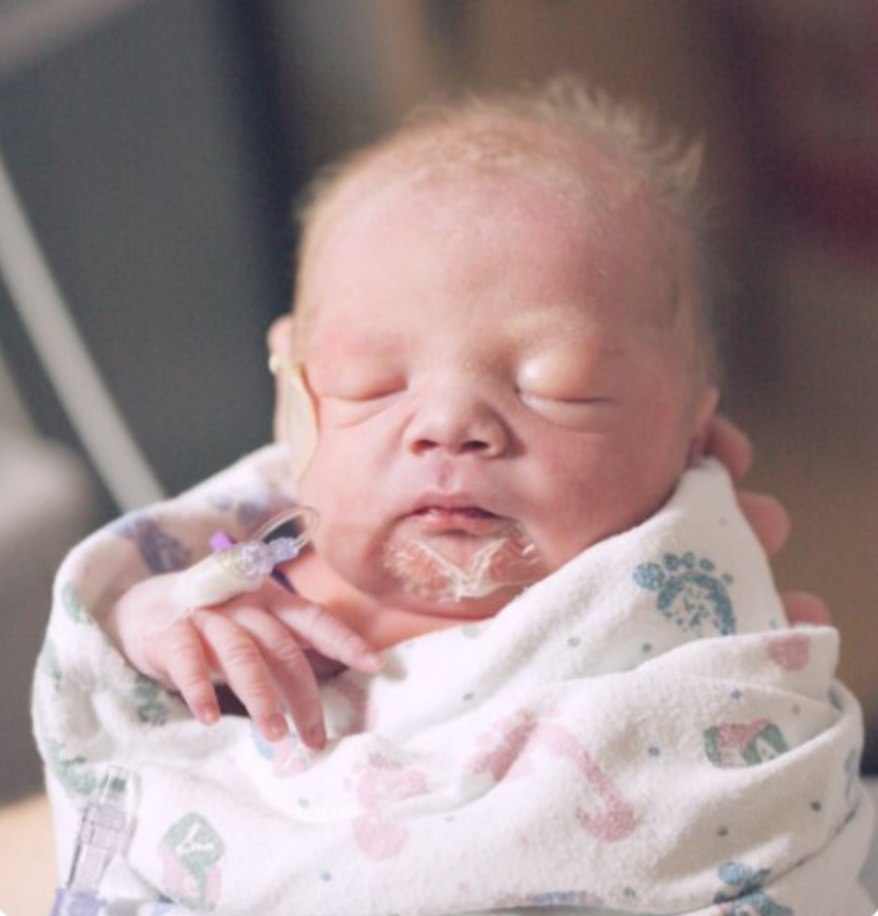
Bronchiolitis and breastfeeding
Bronchiolitis is a rather frequent lung infection during winter months in infants and toddlers. It causes inflammation and congestion in the smaller branches of the bronchial airways (bronchioles). In most cases, bronchiolitis is caused by a virus such as the respiratory syncytial virus (RSV), the rhinovirus, or the influenza (flu) virus, among others.
It begins as a cold (mucus, sneezing, sore throat, slight fever) and from the fourth day on, it spreads to the bronchi. This stage usually lasts between 5 and 7 days, although sometimes the cough persists for another week or two.
How do you know if your baby has bronchiolitis?
As explained earlier, the first part of the process is similar to a common cold. But when the situation worsens, these are the symptoms:
- The baby is sleepy or less active
- Has difficulty breathing or makes wheezing noises when breathing
- There is no urine in diapers/nappies
- The baby has difficulty maintaining suckling during feeds or may have little or no interest in breastfeeding, leading to decreased feedings
- Some also experience frequent vomiting
If you notice that your baby has any of these symptoms, it is advisable to see a paediatrician or emergency department for the baby to be checked as soon as possible.
Once in the ER and when the baby has been checked, several things can happen depending on the severity of the baby’s situation: you will be sent home with treatment if the baby is mildly infected or your baby could be admitted if the baby’s situation is severe.
And if so, what about breastfeeding?
When a baby needs hospitalisation for bronchiolitis, it is more than likely that direct feeding at the breast needs to be discontinued for a few days. That does not necessarily mean that breastfeeding ends, only that you will possibly need some help to maintain it.
The baby will probably need oxygen, and a nasogastric or orogastric tube may be placed until he or she gets better and is able to eat on his or her own again.

If this is your case and you want to maintain breastfeeding, we give you advice on how to achieve it:
- It is natural to be scared and nervous, but that does not affect your milk production at all. Stress does not reduce milk supply.
- We know it is easy to say and hard to do, but as far as possible, try to take care of yourself and be taken care of: eat, sleep, have some time to walk a little or do a little exercise, having a child in hospital for days is very stressful, and it is easy to forget about yourself.
- Try to get (in many hospitals, they have them) a double breast pump to keep up your production and avoid having breast troubles. If there is no breast pump in the hospital, it can be rented.
- If possible, express breastmilk every two or three hours; try to replicate the feeding pattern that your baby would make.
- If your baby is in a delicate situation, it may take hours or days to be given your milk. Being able to refrigerate or freeze your breastmilk is key to being able to offer it to your baby when he or she is better. Most hospitals have fridges to do so.
- If your baby is fed through an IV tube (intravenous line), save as much milk as you can until the baby recovers and can start feeding with a tube or directly from the breast.
- When the baby is more stable, and the catheter and oxygen are removed, you will be able to put your baby back onto the breast and continue breastfeeding.
- It is possible that in the first few days, your baby may still have difficulties breastfeeding and finds it hard to suckle; it will take time.
Once at home, it is important that your baby has many short breastfeeds very often and in upright positions.
In most cases, babies are able to breastfeed again once they improve and will return to breastfeed as normal.
Do you have any other questions?
You can find more information about all things breastfeeding in our free app, LactApp, for iPhone or Android. In the contact section of the app, you can find an in-app consultation channel where our experts will answer your questions.